Most of us are already aware of the dangers associated with driving. Winter driving, however, presents us with more serious risks and unique challenges. The likelihood of being involved in a vehicle incident greatly increases during the colder months. According to Transportation Alberta, in 2013, slush, snow or ice was involved in 16.6% of fatal collisions and 27.3% of non-fatal injury collisions.
Not to worry. There are many precautions you can take to combat the precarious winter conditions. Although not all incidents can be avoided, preparation is the key to reducing the risks of the road in wintertime.
It's never too early to start preparing your company and crew for winter. Here are some simple guidelines you can communicate to your team.
Journey Planning
Planning your journey in advance is a fundamental, but often overlooked, practice that can be easily implemented. It is important to know where you are going and to consider all potential risks.
Map the route you will be taking to your destination.
Communicate your itinerary, route and arrival time to family or co-workers.
Be sure to check the weather and road conditions of areas you'll be passing through, and tune into local radio stations for updates. Although the weather may be fine at the start of your journey, you may find yourself driving through a blizzard with poor visibility and slippery roads mid-journey.
Ask yourself this one very important question; is the trip absolutely necessary to begin with? Sometimes the best thing to do is to not travel at all.
Vehicle Preparation
The harsh winter weather adds much additional strain on your vehicle. Before departing, ensure that your vehicle is in top-notch condition for the journey. Your vehicle checklist should include, but not be limited to the following:
Winter Tires
Battery
Brakes
Lights
Heating system
Electrical and exhaust systems
Belts
Hoses
Fuses
Wipers
Confirming the condition of these components will give you peace of mind while also reducing risk of an incident. It's also a good idea to winterize your vehicles weeks prior to winter, so get those winter tires on!
Your vehicle should be equipped with a First Aid Kit, with all the necessities to treat a potential injury. In addition, your vehicle should have a Winter Driving Kit onboard. The kit will come in handy for winter related emergencies and should include:
Snow shovel
Ice scraper
Booster cables
Winter windshield wash
Flash light
Road maps
Blankets
Winter clothing (gloves, hat, boots)
Snacks
Water
Candle and lighter/matches
Flares
Bag of salt/sand for traction
Tire chains
Anti-Freeze (Methyl alcohol to de-freeze fuel lines)
Employee Preparation
It is important to make sure all employees from the top down are prepared for their winter journey. It's a good idea to give your employees an onboarding session for winter preparation so they understand the risks of driving in snow and ice conditions.
Here are some tips to communicate to your employees:
- Dress warmly for a winter journey.
- Make sure you have a fully charged cell phone and try not to leave it in your vehicle, as cold will rapidly drain the battery.
- Keep your windows clear of snow or ice and don't start driving until the windshield is completely defrosted.
- Never drive while fatigued.
- Drive cautiously, and follow the rules of the road. Allow for stopping distance, obey traffic signs and pay attention when turning left through oncoming traffic. Be aware of black ice.
- Don't let fuel level get too low in case of emergency.
- If you do find yourself in an alert situation, such as being stranded or in need of help, pull off the road as far as possible and use your hazard lights.
- These preliminary measures are key components of journey management and will greatly mitigate the risk of danger. By following this guide to winter preparation you can prevent many common winter driving incidents and be better prepared for the added risks of cold, winter weather.
Be sure to follow Telelink on LinkedIn to find out more about how Journey Management can help your company.




Post a Comment